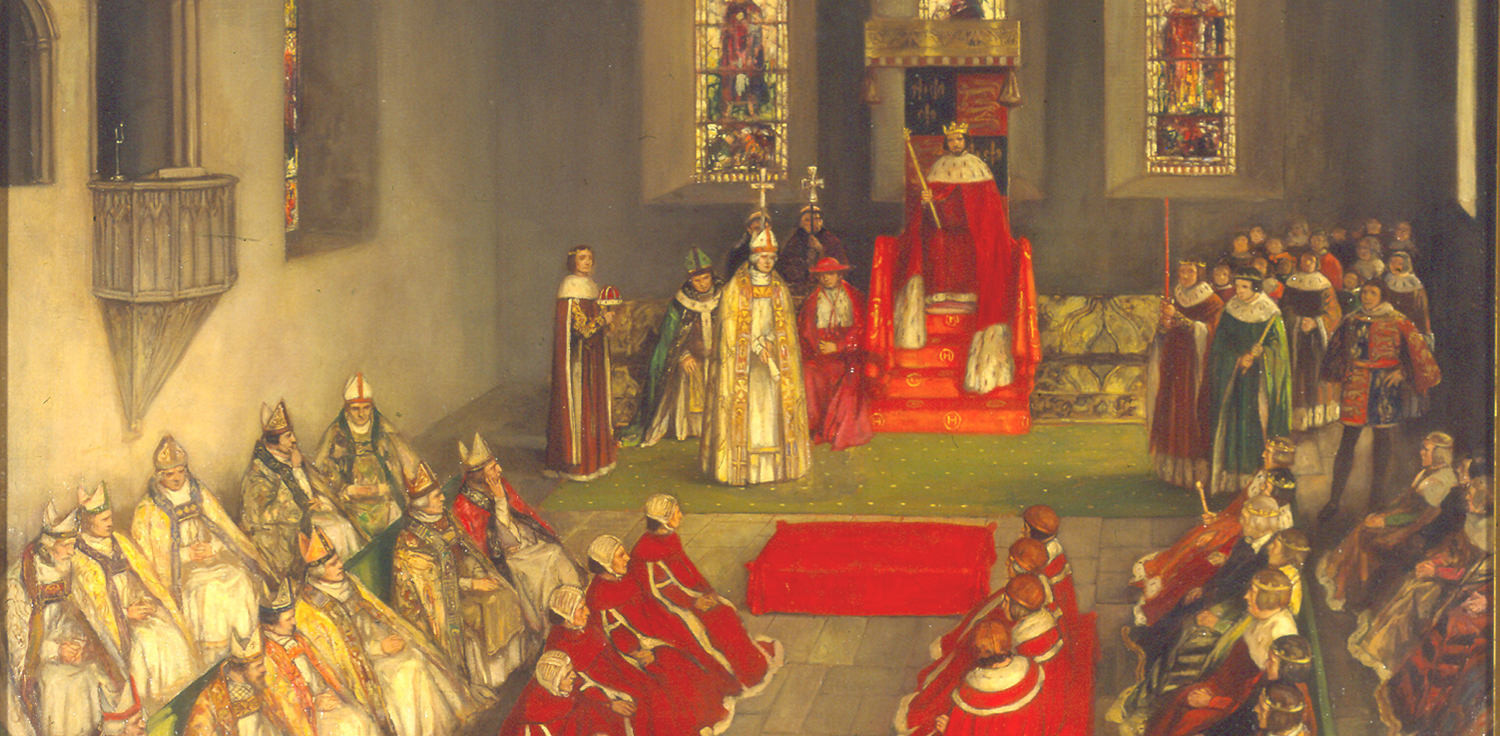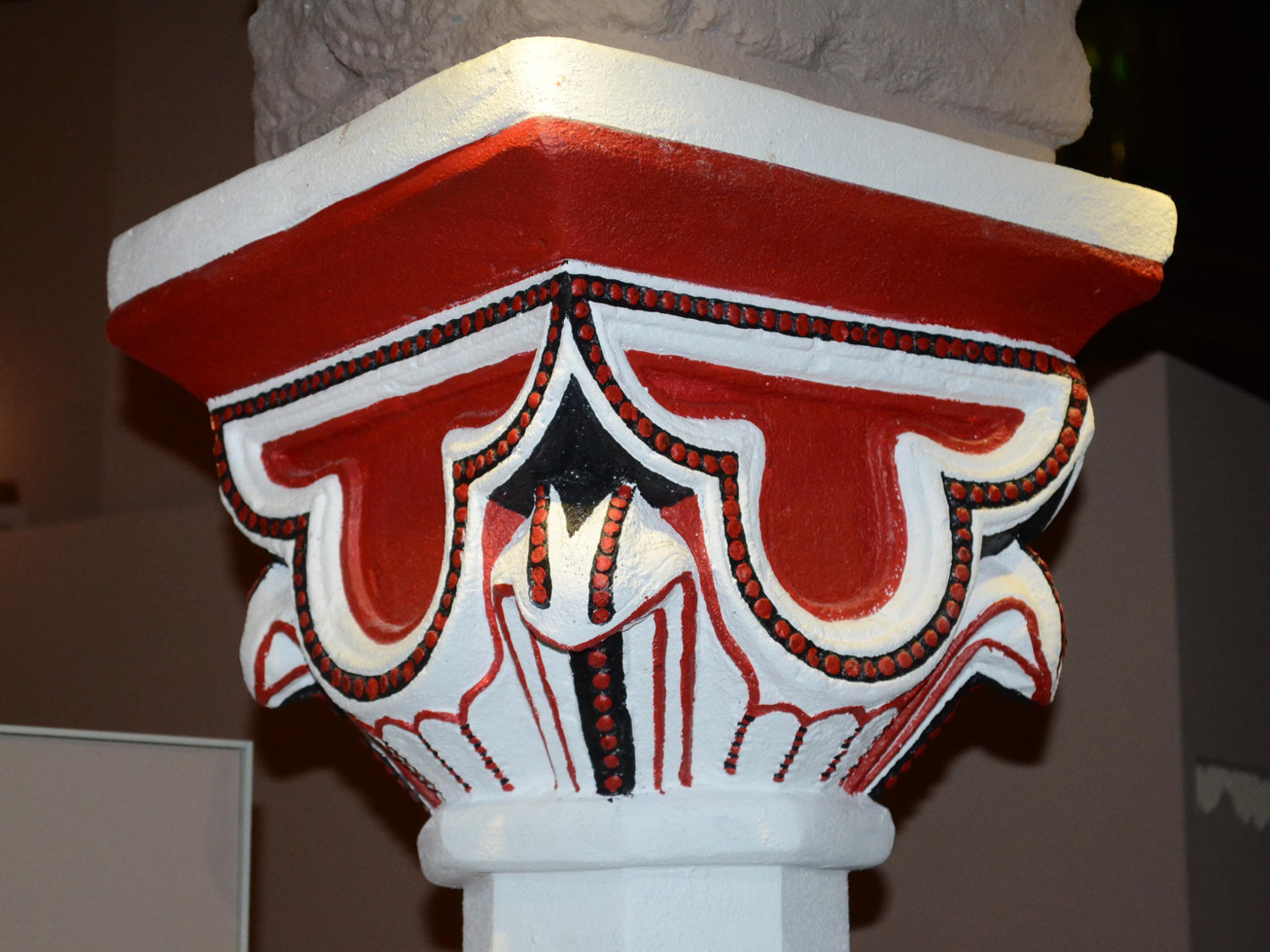The refectory was where the monks ate all of their meals. In order to fit all of the monks in it was a large, grand space. This meant that it could also be used to host large, important meetings.
The refectory was accessed from the cloister - this was the inner courtyard and heart of the monk's abbey. It was an open, square space that was surrounded by a covered walkway. The monks could access everything they needed for daily life from this cloister - the refectory (room to eat), the dormitory (room to sleep), the chapter house (room to meet) and the church (room to pray).
Digging Deeper - Parliament in Reading
In medieval England parliament was not as fixed as it is today. Although it increasingly met at Westminster in London it originally moved with the king around the country. Reading has always been in an advantageous position due to its proximity to London. This meant that when plague broke out in the city, Reading was well situated to house the court and parliament.
In 1453 parliament came to Reading as it was a safe distance from London. The large refectory of Reading Abbey was used to accommodate King Henry VI and his parliamentary meeting.

1453 Parliament at Reading Abbey, Stephen Reid, 1920 (Reading Museum)
Digging Deeper - The Cloisters
Much of the ornate, carved sculpture from the cloisters still survives today. It is some of the best preserved Romanesque sculpture that remain today. In the Story of Reading gallery at Reading Museum you can see a partial, full-size reconstruction of the cloister using some of the original stonework. No expense would have been spared in creating this detailed pieces and they would have been finished with brightly coloured paint.

Painted replica capital at Reading Museum





